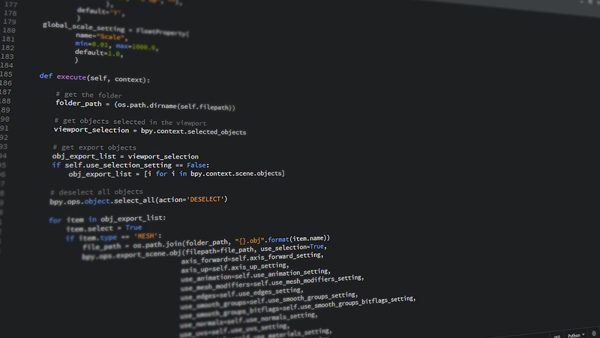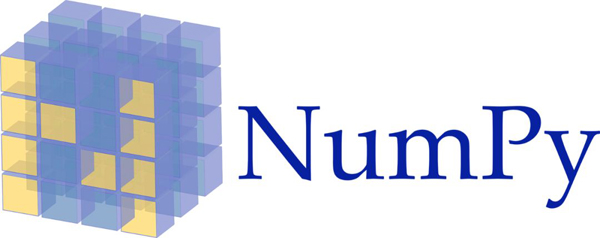2021啦,这12种Numpy&Pandas高效技巧还没掌握吗? |
您所在的位置:网站首页 › pandas与numpy › 2021啦,这12种Numpy&Pandas高效技巧还没掌握吗? |
2021啦,这12种Numpy&Pandas高效技巧还没掌握吗?
|
文分享给大家 12 种 Numpy 和 Pandas 函数,这些高效的函数会令数据分析更为容易、便捷。最后,读者也可以在 GitHub 项目中找到本文所用代码的 Jupyter Notebook。
项目地址:https://github.com/kunaldhariwal/12-Amazing-Pandas-NumPy-Functions Numpy 的 6 种高效函数 首先从 Numpy 开始。Numpy 是用于科学计算的 Python 语言扩展包,通常包含强大的 N 维数组对象、复杂函数、用于整合 C/C++和 Fortran 代码的工具以及有用的线性代数、傅里叶变换和随机数生成能力。 除了上面这些明显的用途,Numpy 还可以用作通用数据的高效多维容器(container),定义任何数据类型。这使得 Numpy 能够实现自身与各种数据库的无缝、快速集成。
接下来一一解析 6 种 Numpy 函数。 argpartition() 借助于 argpartition(),Numpy 可以找出 N 个最大数值的索引,也会将找到的这些索引输出。然后我们根据需要对数值进行排序。 x = np.array([12, 10, 12, 0, 6, 8, 9, 1, 16, 4, 6, 0])index_val = np.argpartition(x, -4)[-4:] index_val array([1, 8, 2, 0], dtype=int64)np.sort(x[index_val]) array([10, 12, 12, 16])allclose() allclose() 用于匹配两个数组,并得到布尔值表示的输出。如果在一个公差范围内(within a tolerance)两个数组不等同,则 allclose() 返回 False。该函数对于检查两个数组是否相似非常有用。 array1 = np.array([0.12,0.17,0.24,0.29]) array2 = np.array([0.13,0.19,0.26,0.31])# with a tolerance of 0.1, it should return False: np.allclose(array1,array2,0.1) False# with a tolerance of 0.2, it should return True: np.allclose(array1,array2,0.2) Trueclip() Clip() 使得一个数组中的数值保持在一个区间内。有时,我们需要保证数值在上下限范围内。为此,我们可以借助 Numpy 的 clip() 函数实现该目的。给定一个区间,则区间外的数值被剪切至区间上下限(interval edge)。 x = np.array([3, 17, 14, 23, 2, 2, 6, 8, 1, 2, 16, 0])np.clip(x,2,5) array([3, 5, 5, 5, 2, 2, 5, 5, 2, 2, 5, 2])extract() 顾名思义,extract() 是在特定条件下从一个数组中提取特定元素。借助于 extract(),我们还可以使用 and 和 or 等条件。 # Random integers array = np.random.randint(20, size=12) array array([ 0, 1, 8, 19, 16, 18, 10, 11, 2, 13, 14, 3])# Divide by 2 and check if remainder is 1 cond = np.mod(array, 2)==1 cond array([False, True, False, True, False, False, False, True, False, True, False, True])# Use extract to get the values np.extract(cond, array) array([ 1, 19, 11, 13, 3])# Apply condition on extract directly np.extract(((array 15)), array) array([ 0, 1, 19, 16, 18, 2])where() Where() 用于从一个数组中返回满足特定条件的元素。比如,它会返回满足特定条件的数值的索引位置。Where() 与 SQL 中使用的 where condition 类似,如以下示例所示: y = np.array([1,5,6,8,1,7,3,6,9])# Where y is greater than 5, returns index position np.where(y>5) array([2, 3, 5, 7, 8], dtype=int64),)# First will replace the values that match the condition, # second will replace the values that does not np.where(y>5, "Hit", "Miss") array([ Miss , Miss , Hit , Hit , Miss , Hit , Miss , Hit , Hit ],dtype= |
【本文地址】

